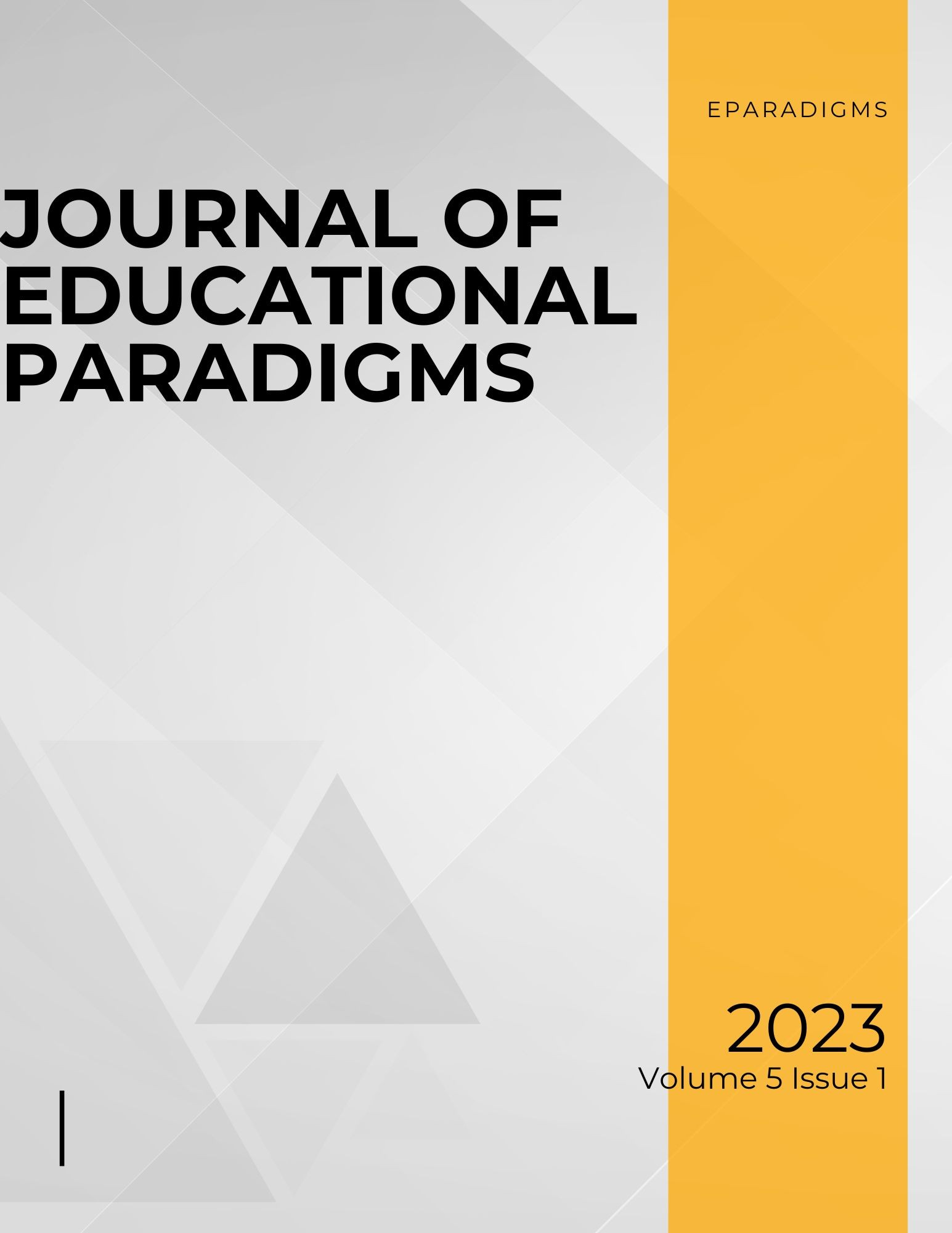
Assessment of Government Intervention in Microfinance Banks in Pakistan
This paper presents a panel data study of microfinance Banks of Pakistan over the past 5 years. The data includes a random sample of 8 Microfinance Banks’ financial statements from year 2019 to 2023. The study aims is to capture the effect of government interventions in microfinance banks of Pakistan and brings up a statistically critical assessment of various policies applied by the government in the sector. To quantify the government intervention panel data analysis is conducted through fixed effect model and random effect model. For better selection of model, the Housman’s specification test is employed. The random effect model found suitable for analysis. Using the statistical tools, this paper attempts to find out the causal effect of government regulations, grants from government, market size and governmental audits on profit ratios of the microfinance institutes. Multitude of widely cited literature has been juxtaposed with the study underhand and the paper attempts to capture a better result. The results show that most of the variables used in the study market size, and number of audits and regulations are significantly related while government grants have insignificant relationship with performance of MFBs. The paper aims to provide results that might of use for policy implication and as a reference for future studies in the required field.
